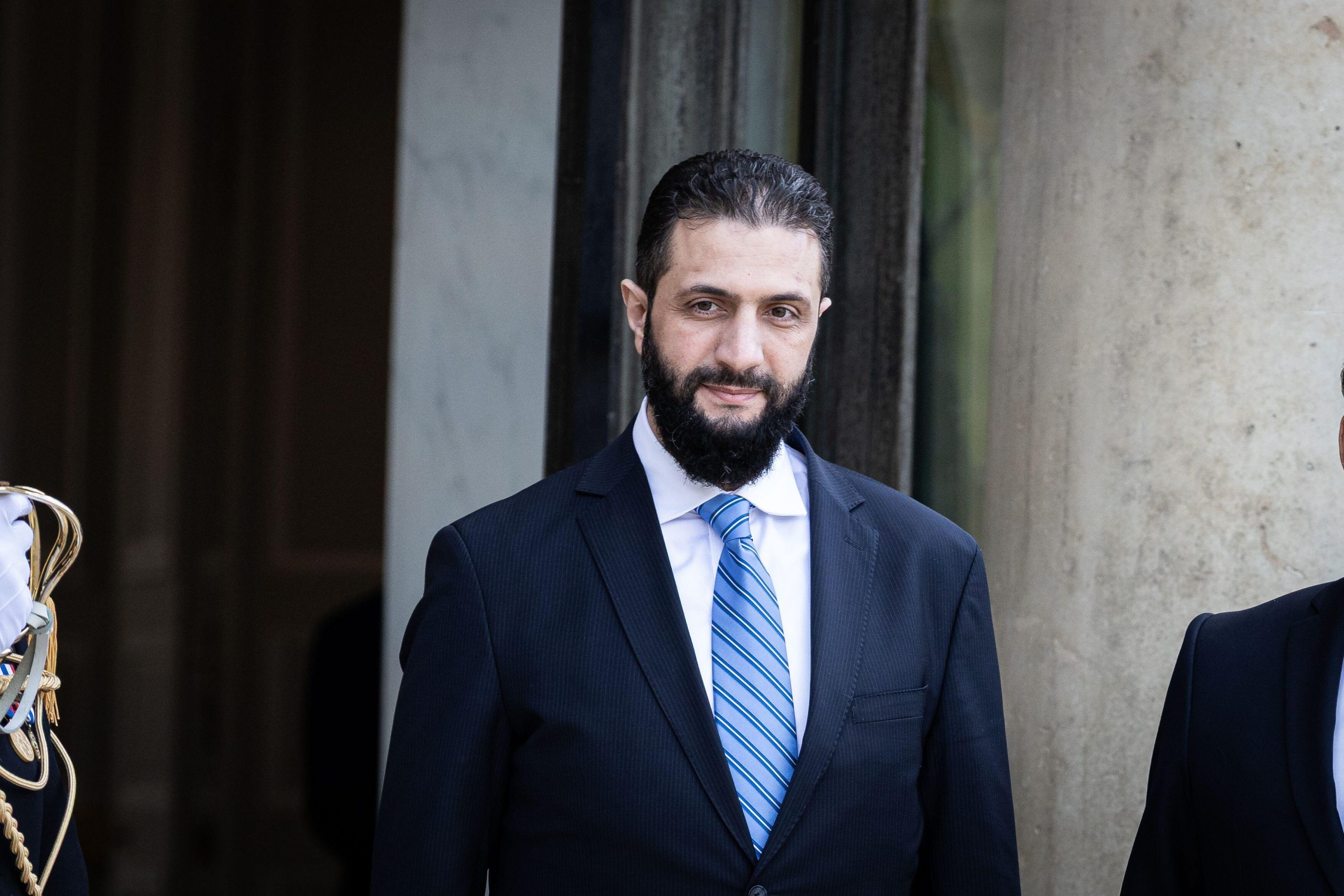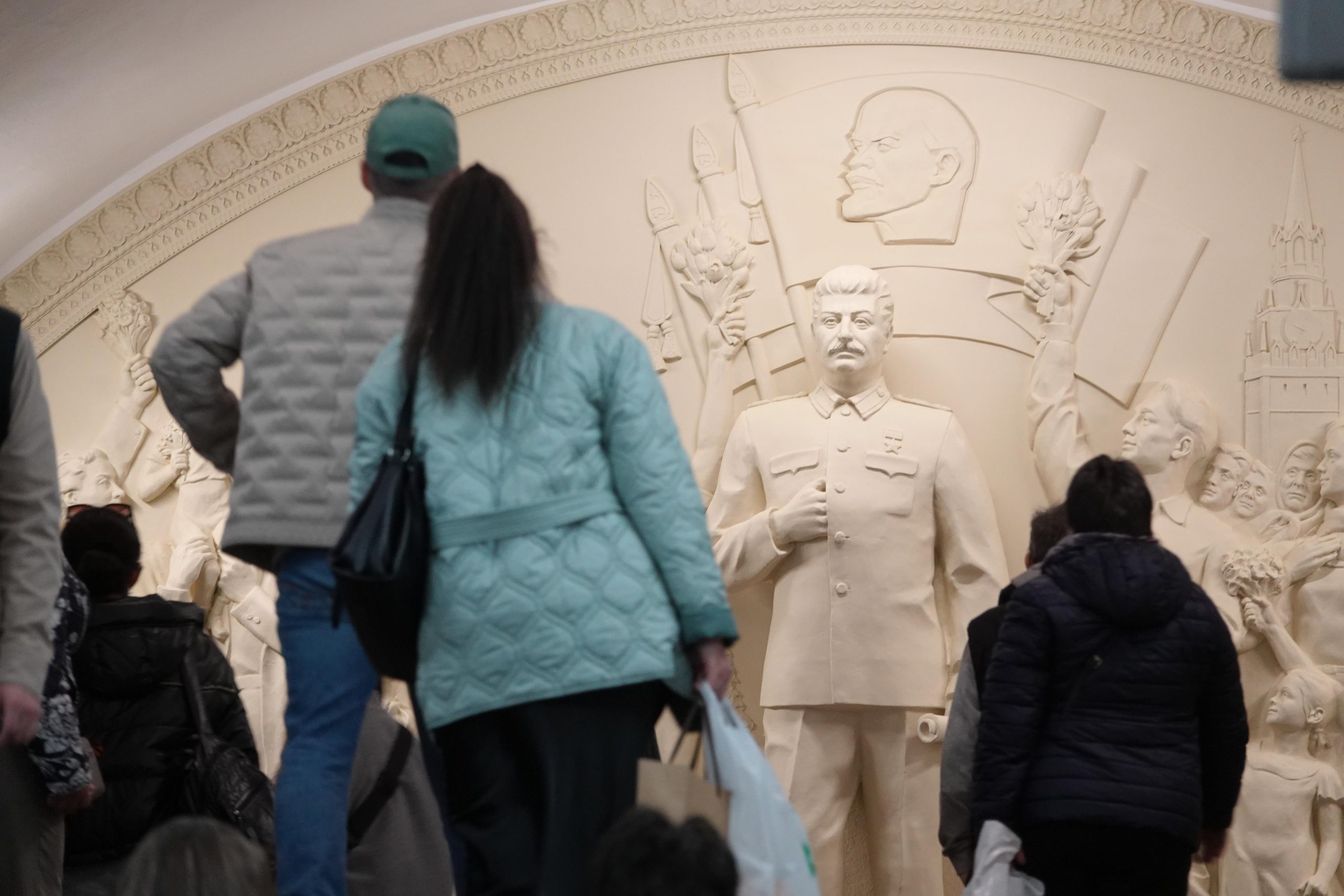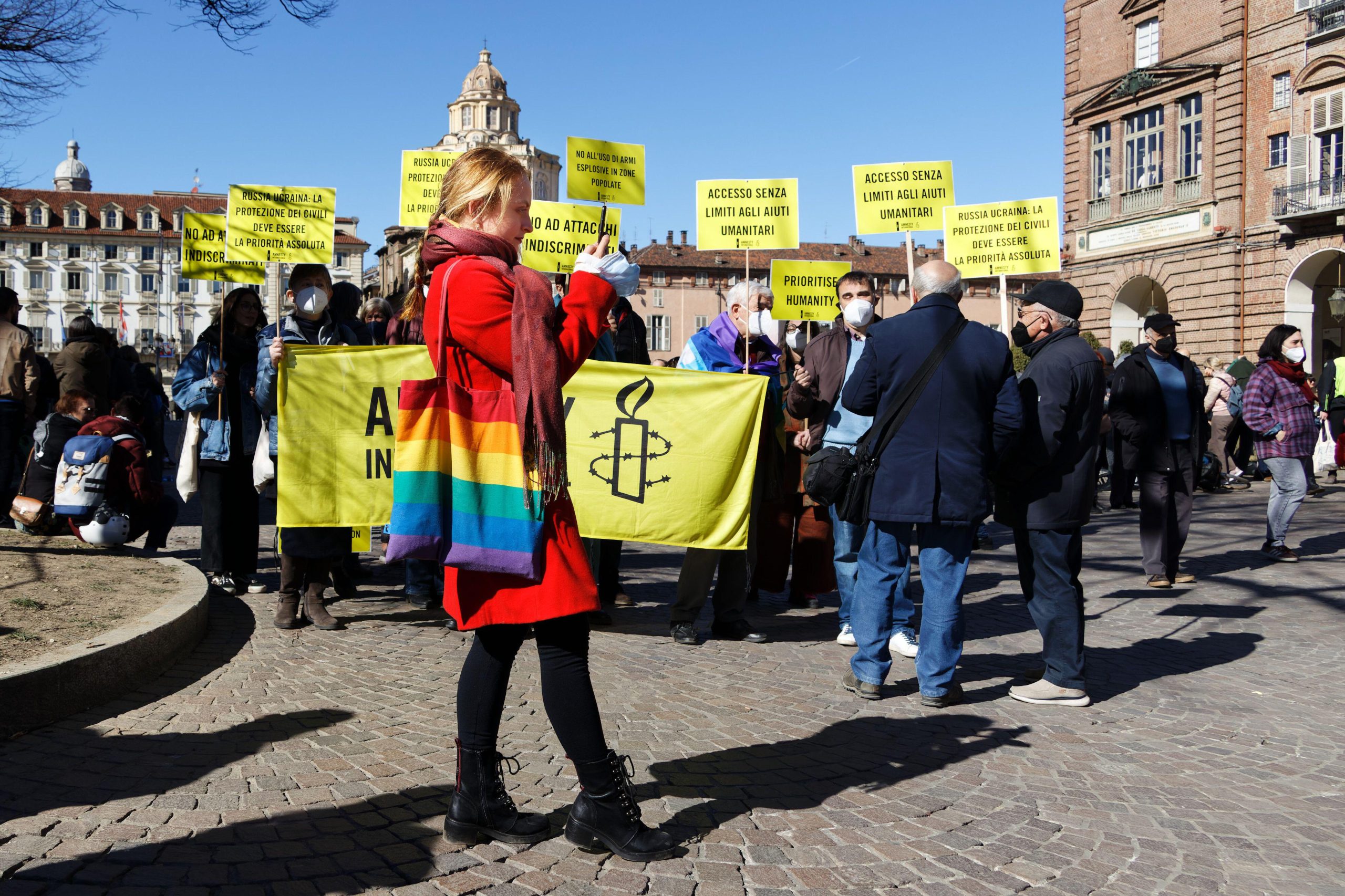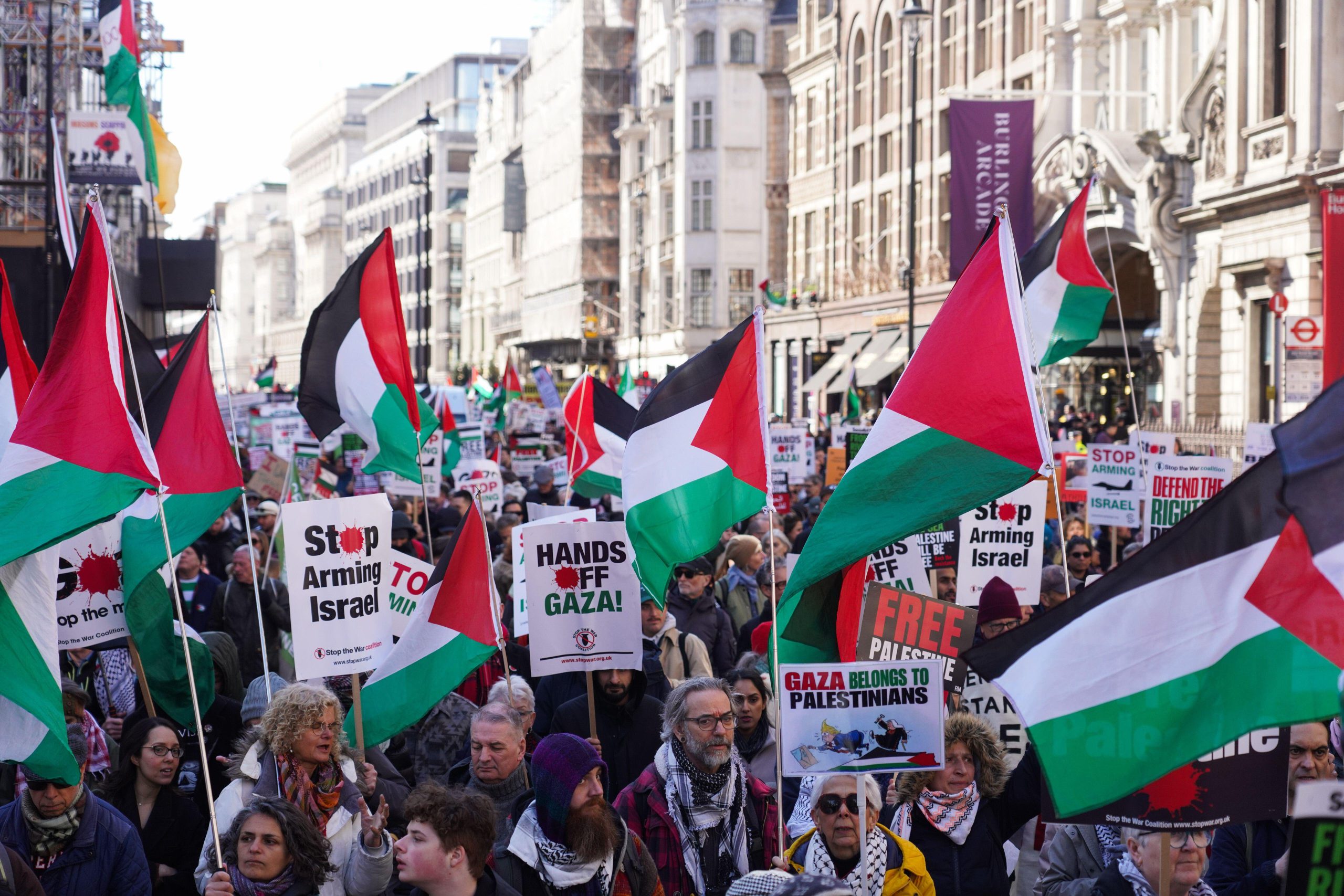
The celebrated photographer and Pulitzer prize-winner Kaveh Golestan was one of the great defenders of free speech in Iran. He reflects in this essay, first published in 1994, on the fallout of the revolution
My childhood was spent among the wheatfields outside Tehran. My father built a solitary house, far away from the nearest neighbour. I was on my own. Life was the blue sky and the sound of crickets. Then came a television set, and with it, the rest of the world.
My father’s uncle was an ayatollah. On the rare occasions when he graced us with visits, my mother and sister covered themselves with black veils. We also covered the television set with another veil, hiding its presence and turning it into another side table or cupboard. The ayatollah disapproved of television. He said it was evil: it showed women with their hair flowing, men touching women, vice and sin. It also made the Shah and his modernising programmes look good and acceptable. He ended with a concept that was hard for me to understand as a child: TV infiltrated and decayed our Islamic cultural identity and integrity by selling us the values of other cultures and societies. My parents just smiled and offered him tea, and a small room at the back of the house to set up his opium-smoking pipe and paraphernalia. Soon his words and views drifted away and were lost in the thick haze of opium smoke.
Years later, when I had already dedicated myself to communicating with others through images and mass media, the ayatollahs came again; this time they came in force, and to stay. It was the Islamic revolution of Iran, 1979.
The revolution, a natural mass reaction to decades of social, political and economic hardship and repression, made worse by foreign domination, was soon taken over by an Islamic ideology and raw fervour. This was mostly due to a leadership vacuum created by political illiteracy and ignorance among the masses, the result of years of media manipulation and outright censorship – brainwashing – by the Shah’s regime, which had been supported and implemented by his western protectors. As hatred for the Shah’s propaganda machine grew, the revolutionary Islamic leaders became more aware of the media’s power to control people. As soon as the military bases fell to the people’s armed attacks, the Islamic revolutionaries headed for the television and radio stations and newspaper offices. Some of the most dramatic street battles of the revolution took place during these attempts to take over the media in Tehran. By consolidating their power over it, the Islamic revolutionaries monopolised political power. Now grey and moderate bureaucrats, after nearly 15 years they still hold tight control over the media in Iran.
For a nation that had just liberated itself from a long history of repression, freedom of speech was one blessing that should have come out of the revolution. This expectation, this ideal, did not materialise. Within one year of ‘victory’, Iran plunged into one of the darkest periods in its history. The government of the Islamic Republic – threatened, insecure, total amateurs alone in the world of international politics – panicked, and paranoia set in. The defences went up. The grab for more power became fierce and violent. Democratic social institutions were closed down, political parties and trade unions were banned, and the press was taken over by officials sympathetic to the regime. The media, once again, became a tool with which to rule, not to inform or educate.
The heart of the problem was the position of the fundamentalist Islamic state in relation to the people of Iran and the rest of the world. As the Islamists saw it, inside the country, Iranians had to cleanse their hearts and souls from the poisonous corruption of having lived so long under foreign domination. Moral restraints had to be tightened at any cost. Islamic codes were implemented by force. The Islamic state also had many reasons to detest the West and confront it as an enemy: decades of economic plundering and political domination by the brutal militaristic regime of the Shah and the ‘cultural invasion’ of Islamic values from secular, humanistic western philosophies all laid the foundation for the general rejection of the West and all that it stood for. It was time to establish a long lost, pure Islamic identity.
As it had done with the internal media, the Islamic regime tried to rein in and control the international media as well. The easiest way was through restrictions on newsgathering and censorship.
For nearly 15 years now, Iran has been the scene of great social and political upheavals that have changed the history of the region and influenced international politics. Since the explosion of the revolution, Iran has been a major story for the international media. Despite all that has been written and broadcast abroad, there is still a wide gap in the understanding of the true nature of events and the real feelings and thoughts of the Iranian people. The world is still at best apathetic, and at worst ignorant, about the sufferings of Iranians. Why is this? Is this breakdown in human relations due to the impotence of the international media in gathering and communicating news and information about Iran because of the country’s excessive censorship? Or is it due to an ‘imperialist media’, manipulated by the political and super-economic powers that control it? Unfortunately, it seems that the reason is a complex combination of internal and external factors. In Iran, the reality is human suffering, but in actual fact, truth itself is suffering – there is no truth, compassion or human understanding. This can be counted as a miserable failure for all the rhetoric about the role of technology and media in the 20th century in advancing understanding.
A superficial look at the workings of the international media with regards to Iran in the last two decades is enough to indicate the extent of the misrepresentation of the truth: the riots leading to the Islamic revolution took the world by surprise because the international media had failed to correctly relay the repression and poverty suffered by Iranian people during the rule of the Shah. Instead it opted to portray the ‘exotic’ features of Iranian art and culture and glorify the pomposity of the royal family. The rise to power of Islamic ideology during the revolution was not identified or analysed correctly in a social context, thus portraying Iranians as senseless fanatics on the rampage just to gain entry to heaven as martyrs for Islam. The takeover of the US embassy in Tehran was not seen as an expression of independence or liberation from humiliating foreign domination, but as terrorism, which it certainly was not. The horrendous eight-year Iran-Iraq war was regarded as an attempt by Iraq to contain Islamic fundamentalist imperialism in neighbouring Iran. The vast destruction and loss of life brought upon Iran by Iraq was ignored and forgotten. The more than 200 deadly Scud-B missiles fired on Tehran over a period of two months did not attract the attention of the international media as much as the few thrown at Israel during the first Gulf War. The plight of the Kurds, both in Iran and in Iraq, was completely ignored until it was too late and the Kurds had either been ‘chemicalised’ in the worst genocide since the Holocaust, or they became homeless refugees dying in freezing conditions on top of bare mountains. This grim list can go on and on. Truth was not relayed to the world.
Inside Iran, all aspects of the media were controlled by the state, which turned it into a propaganda tool advancing the Islamists’ ideological line, further consolidating their power over the people. Those now in charge were novices, improvising most of the time with disastrous results. Young zealots with no knowledge of journalism ran newspapers, and university students were in charge of television and radio networks, ruled over by clerics straight out of the religious schools. As far as the media was concerned, it was a matter of reinventing the wheel. The fear of losing political power had by now taken over the once-radical revolutionaries and ‘liberators’ who hid behind well-worn excuses such as ‘the integrity and teachings of Islam’. The ultimate result was that, for about a decade, truth was gagged in their throats. This is what usually happens with totalitarian states: first they control the media, thinking they can consolidate power – and they are right. Power is consolidated, but as the media no longer relays the truth, people do not trust it. Power has been separated from the people, and the people are alienated.
The authorities of the Islamic Republic have used every trick inside and outside the book to control the media: various forms of censorship; violent forms of physical intimidation; imaginative practices of character assassination; mudslinging at journalists, writers and intellectuals; and the condoning of secret ‘black gangs’, groups of hooligans demonstrating against and attacking newspaper officers and bookshops.
Again, the truth suffers.
In the coverage and discussion of major events – the war, foreign and internal political affairs, elections, ethnic unrest and uprisings – no expressions of dissent were permitted to be printed or broadcast. Instead, TV screens and newspapers were filled with nothing but praise for and propagation of the official line. Working conditions for journalists were absurd. Despite deficiencies running the country, the authorities were successful in controlling information and fertilising an atmosphere of repression. Out of fright and doubt, self-censorship became the first rule of personal and professional survival. It was as though the state had planted a policing organisation in the brains of Iranian journalists.
One event illustrates the effectiveness of information control. When Ayatollah Khomeini died, Tehran was flooded with hundreds of journalists from all over the world. Millions of Iranians turned out for his funeral procession and burial ceremony in Tehran. All the foreign media took the government-organised bus and helicopter rides to the cemetery; travelling and covering the funeral independently was not permitted. For some obscure reason, the buses never reached their destination, and the journalists were dumped kilometres away from the cemetery, where the emotional fervour of the mourning crowd had reached such a feverish pitch that in the hysterical pushing and shoving to touch the coffin, Khomeini’s shrouded body was tipped out of the coffin – a highly charged, revealing and historic moment. Out of several hundred foreign reporters in Tehran at the time, not a single one was present to witness and record it. The funeral embarrassed the government. It blamed the counter-revolutionary Mojahedin-e Khalq for the disruption, and tried its best to eradicate any memory of it. Live satellite transmission of the funeral was cut off, and the film and photographs taken by the few Iranian journalists who were present were confiscated, with more visits to the offices of newspapers or media groups in the following days by security forces searching for visual documentation of the funeral. After the foreign journalists left Tehran, the minister of Islamic guidance issued a letter to the foreign press department – located within the same ministry – thanking it for its efficient control of the flow of ‘information’ with regard to the funeral.
Despite the total commitment of the authorities to the strict control of the media, reports and images coming out of the country revealed and exposed atrocities and sufferings. These journalistic feats were carried out entirely illegally, and at great risk, by Iranian journalists, simply because they felt the truth had to be shown.The impact of such one-off attempts was always great, and the efforts were recognised and awarded accordingly, although most of the time the responsible individuals remained anonymous. The Pulitzer Prize for photojournalism was awarded to the photographer who recorded the execution of Kurdish insurgents in 1979 – Jahangir Razmi. A photograph of Ayatollah Khomeini’s funeral, showing the ‘censored’ scene, was chosen as Time Life Press Photo of the Year 1989. In both cases, credit was given to the ‘anonymous photographer’.
Working under hazardous conditions and having to confront restrictions have toughened most Iranian journalists, especially those who sell to the international media. A few who could no longer tolerate the situation left Iran and now live in exile throughout the world, still functioning as journalists but cut off from their subject: truth in Iran.
Today, the situation in Iran seems to be undergoing another series of changes. Inside the country, it is suggested that the high ideals of Khomeini’s radical interpretations of Islam are not only unattainable but have so far brought nothing but destruction and paralysis to the body and soul of Iranian society. An almost bankrupt economy after eight years of war with Iraq, a growing mass of disillusioned, poverty-stricken population still grieving millions of deaths, a ruling body divided and factionalised over political, social and religious issues, a terrifying long list of human rights abuses confirmed by international watchdog groups: all contribute to the necessity for change in Iran. At present, after 15 years, people are starting to speak out and demand reforms. The Islamic revolution has lost its momentum, and the once-guiding light and leader of the new militant Islam seems to be going soft.
The authorities in Iran, under pressure from various social forces, are slowly conceding to certain reforms. Three years after the end of the war with Iraq, and with the death of Ayatollah Khomeini and the brutal elimination of the opposition, the authorities have run out of various real or imagined culprits used as excuses to suppress democratic institutions. But the latest premise for repression among the ruling clerics of Iran goes by the name of ‘cultural invasion’. For the fundamentalist factions, any form of dissent or opposition is automatically connected to an international conspiracy: the destruction of the Islamic Republic through the cultural invasion of the country. The authorities who fiercely oppose the values of western culture and ideology grow in number each day. On many occasions, this has created serious arguments and factions among the mullahs, recently spilling onto the streets in the form of demonstrations and violent, confrontational riots, most of the time perpetuated and led by the extreme fundamentalists associated with the Islamic Propagation Organisation, a powerful faction within the ruling elite.
But it seems that despite the ongoing tensions and restrictions, the media has, once again, started to flourish and renew its efforts to push back the limits imposed on freedom of speech.
Throughout this time, an important factor has contributed to the ability of Iranian authorities to continue imposing such harsh restrictions on the media – complete silence from the international community. Not having a platform to voice their grievances and explain their positions has been a disadvantage for those inside Iran who are literally fighting for the basic human right of freedom of expression. Only recently, in December 1991, did Iranian journalists break a 15-year taboo and talk openly about their problems with the Islamic state, in an almost desperate attempt to gain international recognition of their situation. The vehicle for the expose was a 27-minute video produced for South, a magazine programme on Britain’s Channel 4, devoted to creating a link and bridging gaps in the information flow between countries of the north and south.
The video contains interviews with several Iranian journalists explaining the reality of their situation in the face of restrictions imposed on them by the Islamic state. In contrast, and illuminating the position of fundamentalist hardliners, several Islamic writers and journalists also voice their opinions. After the Ministry of Islamic Guidance discovered the contents of the programme, it banned the video and refused permission for the tapes to leave the country. The tapes were smuggled out, and eventually the programme was broadcast. Iranian authorities were confronted with a done deal. There was nothing they could do, short of arresting everyone involved in the making of the programme – an action they could not afford to carry out in front of the world. With one simple move, the limits on liberty were pushed out of the way. Censorship is a breakdown in communication. If, and when, the breakdown is repaired and the lines restructured, censorship evaporates. This surely is the power of the media in creating spaces for freedom of speech and human rights.
Today, with all the advances in media technology, we have more weapons in hand to create, propagate and make constructive use of freedom of speech. But how many of these instruments, and therefore how many possibilities, are in the hands of the people who need them most?
Kaveh Golestan was killed in Iraq in 2003 while on assignment for the BBC. This essay was published in Index on Censorship in 2007





